Dazzled by all the different types of trees out there? Well, don’t be! In this article, you will learn all about the different types of trees, some fun facts about them, and how you can easily identify them.
Have you ever looked at a tree and found yourself in awe of its beauty? The sculptured trunk, the branches arching over, the delicate texture of the leaves, the light floral hues…
Well, caring for trees—or planting some in your yard—begins with understanding the different types of trees out there.
While some trees make beautiful blossoms in spring or create a shady spot in a summer garden, others provide food and shelter for birds and bees.
If you haven’t really been a tree-person, now’s the time to make amends. Living in an apartment is no excuse either as you can always grow an indoor tree or two.
But first, a short history of how trees came about.
A Short History of Trees
When you look at a tree, you see something tall, woody, and unbending. But trees weren’t always like this. They have gone through millions of years of evolution to fit with their environment.
About 450 million years ago, the earth’s climate stabilized and the first plants appeared. They were tiny and fern-like.
They then evolved into seed-producing plants that developed into trees. The remains of these early trees have transformed into today’s coal.
Since then, different types of trees—from evergreen to deciduous—have come into existence, adapting themselves to their surroundings.
Facts About Trees
Trees are called the lungs of the earth. They are vital for our existence—they soak up carbon dioxide from the atmosphere and provide a home to wildlife. But you already know all of that.
So, here are some lesser-known facts about these gentle giants:
- Trees are the longest living beings on the planet. The oldest tree, Methuselah, is over 4,800 years old.
- Earth is home to over 60,065 tree species known to science.
- Trees can talk to each other. They swap nutrients and send distress signals when under attack.
- Trees release a feel-good chemical called phytoncides that can make us happier.
- The rings in a tree reveal more than its age. They show signs of climatic changes, like severe drought or temperature.
- A giant oak tree can drink up to 100 gallons of water a day.
Types of Tree Leaves
Whether you are taking a walk through the wilderness or simply admiring trees in your neighborhood, you will see that different types of trees have different leaves.
There are essentially three types of tree leaves.
Broadleaf
These are the most common types of leaves and grow on deciduous trees. They fall into two basic types—simple and compound leaves.
Needles
Evergreens like pines, spruces, firs, cedars, etc. have needle-shaped leaves. Needles differ in shape, size, and arrangement on twigs.
Scales
Scales are flattened and shield-shaped leaves in evergreen trees. They overlap down the twigs of the trees.
All Types of Trees List with Pictures
The world of trees is truly diverse. Trees come in all shapes, sizes, and shades. Huge and dwarf. Rounded and conical. Green and multi-colored. Upright and cascading. Floral, fruity, medicinal, and more.
From coniferous and deciduous to flowering and fruit trees, here are all the different types of trees with pictures to help you dive deeper into the world of trees.
Types of Evergreen Trees (Types of Coniferous Trees)
Evergreen trees have foliage year round. When other trees are hibernating in winter, evergreens like to show-off their spectacular scale-like or sharp needles.
Take a look at these different types of evergreen trees.
Types of Spruce Trees
Spruces have pointed needles that are attached to small, stalk-like woody pegs.
In their native climate, spruce trees reach great heights. But the miniature varieties can make excellent backyard trees.
Some common spruce trees are:
- Black Spruce (Picea Mariana)
- Brewer Spruce (Picea Breweriana)
- Caucasian Spruce (Picea Orientalis)
- Dwarf Alberta Spruce (Picea Glauca Conica)
- Serbian Spruce (Picea Omorika)
Types of Pine Trees
Pine trees have small bundles of needle-shaped leaves, seed-bearing cones, and a striking reddish-brown or gray bark.
They are resinous—yes, it’s that sticky substance you have seen oozing from the branches.
Some common pine trees varieties are:
- Aleppo Pine (Pinus Halepensis)
- Bristlecone Pine (Pinus Aristata)
- Austrian Pine (Pinus Nigra)
- Chir Pine (Pinus Roxburghii)
- Eastern White Pine (Pinus Strobus)
Types of Fir Trees
Fir is a large and narrow evergreen tree with soft, short, and blunt needle-like leaves.
You’ll know a fir tree by its rigid and upright branch, as opposed to the horizontal or drooping branches on most coniferous trees.
Some common firs are:
- Balsam Fir (Abies Balsamea)
- Himalayan Fir (Abies Spectabilis)
- Grand Fir (Abies Grandis)
- Fraser Fir (Abies Fraseri)
- Noble Fir (Abies Procera)
Types of Eucalyptus Trees
Eucalyptus are quick-growing trees. They are easily recognizable by their peeling bark and fragrant foliage.
Eucalyptus trees come in all sizes—from short and bushy varieties to soaring giants.
Some eucalyptus tree varieties are:
- Argyle Apple (Eucalyptus Cinerea)
- Mountain Gum (Eucalyptus Dalrympleana)
- Candlebark (Eucalyptus Rubida)
- Rainbow Gum (Eucalyptus Deglupta)
- Narrow-leaved Peppermint (Eucalyptus Nicholii)
Types of Umbrella Trees
Umbrella pine trees are coniferous, needled evergreens native to Japan. They are slow-growers but can attain a height of 25 to 30 feet.
This type of tree features thick, dark green, glossy needles. It’s also called the Japanese umbrella pine (Sciadopitys Verticillata) and is the only member of the umbrella pine family.
Types of Juniper Trees
Juniper is both a tree and a shrub. So it can play many different roles in your garden—use it to create low-lying hedges or plant it as a tall ornamental tree.
These evergreen conifers have needle or scale-like leaves, depending on the variety.
Some common juniper trees include:
- Alligator Juniper (Juniperus Deppeana)
- California Juniper (Juniperus Californica)
- Common Juniper (Juniperus Communis)
- Creeping Juniper (Juniperus Horizontalis)
- Eastern Red Cedar (Juniperus Virginiana)
Types of Cedar Trees
Cedar trees are majestic, evergreen conifers with needle-like foliage arranged spirally on the branches. Cedar wood has a strong woody fragrance that would remind you of freshly sharpened pencils.
These trees are native to the Himalayan region but grow in mountainous belts around the world.
Here are some cedar tree varieties:
- Deodar Cedar (Cedrus Deodara)
- Atlas Cedar (Cedrus Atlantica)
- Cedar of Lebanon (Cedrus Libani)
- Cyprian Cedar (Cedrus Brevifolia)
- Alaska Cedar (Cupressus Nootkatensis)
Types of Redwood
Redwoods trees are the largest and tallest in the world. Apart from dawn redwood, all the species of this tree are cone-bearing evergreens.
Redwood trees are known for their longevity with some redwoods living for more than 2,000 years. And have been around since the time of dinosaurs. How cool!
Here are the three varieties of redwood trees:
- Coast Redwoods (Sequoia Sempervirens)
- Giant Sequoias (Sequoiadendron Giganteum)
- Dawn Redwoods (Metasequoia Glyptostroboides)
Types of Deciduous Trees
Deciduous trees shed their foliage in the fall. They’re a living calendar, keeping track of the changing seasons—fresh green in spring, colorful in summer, firework-like in fall, and bare in winter.
Take a look at these different types of deciduous trees.
Types of Chestnuts
Chestnut trees are big and majestic. Young trees have a smooth bark that gets furrowed with age.
Chestnut leaves are glossy and attractive. But the main attraction of these trees is their edible nuts that are used to make creams and purees.
Here are some beautiful chestnut trees varieties:
- European Chestnut (Castanea Sativa)
- American Chestnut (Castanea Dentate)
- Chinese Chestnut (Castanea Mollissima)
- Japanese Chestnut (Castanea Crenata)
Types of Yews
Yew trees are great for landscaping. They have a dense and shrubby appearance and can be used as both ground covers and privacy screens.
The tree features flat, needle-like leaves that remain green all year. Female yews also make red, berry-like fruits in the fall.
Some common yews are:
- English Yew (Taxus Baccata)
- Florida Yew (Taxus Floridana)
- Mexican Yew (Taxus Globosa)
- Japanese Yew (Taxus Cuspidata)
- Western Yew (Taxus Brevifolia)
Types of Walnut Trees
Walnuts are large trees with a rounded canopy of lush green foliage. It goes without saying that they are famous for their healthy nuts.
But did you know that their beautiful wood is a prized hardwood used for making furniture?
Here are some walnut tree varieties:
- Black walnut (Juglans Nigra)
- English walnut (Juglans Regia)
- Butternut (Juglans Cinerea)
- Andean Walnut (Juglans Neotropica)
- Manchurian Walnut (Juglans Mandshurica)
Types of Elm Trees
Elms are large and stately and generally flower in spring. They are perfect to create a shady spot in your summer garden.
The trees have oval, toothed leaves that turn yellowish in the fall. Elm wood is strong yet flexible.
Some elm tree species include:
- American Elm (Ulmus Americana)
- Cedar Elm (Ulmus Crassifolia)
- Cherry-Bark Elm (Ulmus Villosa)
- Chinese Elm (Ulmus Parvifolia)
- European White Elm (Ulmus Laevis)
Types of Ash Trees
Ash is a lovely shade tree grown in parks, streets, and backyards. Its branches grow in pairs on opposing sides of the twigs.
In the fall, the leaves of the ash tree fill with spectacular gold, purple, red, or orange hues.
Some common ash trees are:
- Black Ash (Fraxinus Nigra)
- Green Ash (Fraxinus Pennsylvanica)
- Blue Ash (Fraxinus Quadrangulata)
- Gregg’s Ash (Fraxinus Greggii)
- Velvet Ash (Fraxinus Velutina)
Types of Cypress Trees
Cypress is a popular ornamental tree used in landscaping. It’s both a coniferous and deciduous tree, depending on the variety.
Cypress trees have soft, feathery leaves and produce woody cones that look like large acorns.
Here are some varieties of cypress trees:
- Monterey cypress (Cupressus Macrocarpa)
- Lemon Cypress Trees (Cupressus Macrocarpa “Goldcrest”)
- Pond Cypress (Taxodium Ascendens)
- Hinoki Cypress (Chamaecyparis Obtusa)
- Arizona Cypress (Cupressus Arizonica)
Types of Oak Trees
Oaks are some of the most common tree species. They can grow in different environments and are prized for their elegant stature and rich hardwood.
Oak trees have distinctive round or pointed lobed leaves. They also produce acorns.
Here are some oak tree varieties:
- Pin Oak (Quercus Palustris)
- Black Oak (Quercus Velutina)
- Cherrybark Oak (Quercus Pagoda)
- Eastern White Oak (Quercus Alba)
- Chinkapin Oak (Quercus Muehlenberg)
Types of Maple Trees
Maple trees are famous for their stunning fall shades of red, gold, yellow, and burgundy. They are hardy, beautiful, and feature three, five, or seven-lobed foliage.
Maple trees work well as shade, specimen, or accent trees. Plus, the tree’s sap is used to make the famous and loved maple syrup.
Some famous maple tree varieties include:
- Amur Maple (Acer Ginnala)
- Big Leaf Maple (Acer Macrophyllum)
- Hedge Maple (Acer Campestre)
- Japanese Maple (Acer Palmatum)
- Sugar Maple (Acer Saccharum)
Types of Birch Trees
Birch is a thin-leaved hardwood tree. Although short-lived, birch trees are an excellent choice for landscaping.
They have a papery bark, ghostly coloration, and leaves that change color across seasons.
Here are some varieties of birch trees:
- Bog Birch (Betula pumila)
- River Birch Trees (Betula nigra)
- Cherry Birch (Betula lenta)
- Paper Bark Birch (Betula papyrifera)
- Yellow Birch (Betula alleghaniensis)
Types of Willow Trees
Willow trees have long, slender, and generally drooping branches that look like strings of leaves.
They are moisture-loving and can amp the overall appeal of any backyard.
Some common types of willows are:
- Bebb Willow (Salix Bebbiana)
- Weeping Willow (Salix Babylonica)
- Narrowleaf Willow (Salix Exigua)
- Goat Willow (Salix Caprea)
- Pussy Willow (Salix Discolor)
Types of Weeping Willow Trees
Weeping willow is a graceful, drooping variety of the willow tree.
The cascading branches and silvery-green foliage of a willow tree can add vertical interest to your landscape.
Here are some weeping willow varieties:
- Classic Weeping Willow (Salix Babylonica)
- White Weeping Willow (Salix Alba “Tristis”)
- Dwarf Weeping Willow (Salix Integra “Pendula Waterfall”)
- Weeping Golden Willow (Salix x Sepulcralis “Chrysocoma”)
- Wisconsin Weeping Willow (Salix x Blanda and Salix x Pendulina)
Types of Dogwood Trees
Dogwoods are flowering woody trees and shrubs. They grow fast and make flowers in spring and berries in summer.
There are many types of dogwood trees—from dwarf to weeping and variegated—that offer a four-season display of color.
Varieties of dogwood trees include:
- Canadian Bunchberry (Cornus Canadensis)
- Common Dogwood (Cornus Sanguinea)
- Cornelian Cherry (Cornus Mas)
- Kousa Dogwood (Cornus Kousa)
- Mountain Dogwood (Cornus Nuttallii)
Types of Sycamore Trees
Sycamore trees are massive with spreading canopies. They have peeling gray-brown bark that reveals whitish patches inside.
The tree has broad, five-lobed leaves with pointy tips.
Some sycamore varieties include:
- American Sycamore (Platanus Occidentalis)
- Mexican Sycamore (Platanus Mexicana)
- California Sycamore (Platanus Racemosa)
- Arizona Sycamore (Platanus Wrightii)
- Old World Sycamore (Platanus Orientalis)
Types of Fruit Trees
It’s hard to ignore the brilliant colors of fruit trees.
They start with soft blossoms, blooming into juicy fruits that you can pick at your pleasure from your own yard (if you give them some space and love, that is).
Take a look at these different types of fruit trees.
Types of Cherry Trees
Cherry trees are among the most loved trees. With their gorgeous cream blossoms, serrated leaves, and silvery bark, they are a sight to behold in spring.
Here are some popular cherry tree varieties:
- Sweet Cherry (Prunus Avium)
- Canada Red Select (Prunus Virginiana)
- Nanking (Prunus Tomentosa)
- English Morello (Prunus Cerasus)
- Tibetan Cherry (Prunus Serrula)
Types of Fig Trees
Figs trees are small and have broad, rough, and deeply lobed leaves. The tree produces two fruit crops each year, making them a spectacular addition to any fruit-yard (and a favorite of home gardeners).
Fig tree varieties include:
- Brown Turkey (Ficus Carica “Brown Turkey”)
- Common Fig (Ficus Carica)
- Chicago Hardy (Ficus Carica “Chicago Hardy”)
- Adriatic Fig (Ficus Carica “White Adriatic”)
- Caprifig (Ficus Carica Sylvestris)
Types of Olive Trees
Olives are slow-growing and long-lived trees. They have long, lance-shaped, two-toned leaves with grey-green on the surface and silver underneath.
The tree bark turns gnarled and twisted with time.
Some common olive tree varieties are:
- Arbequina (Olea Europaea “Arbequina”)
- Picholine (Olea Europaea “Picholine”)
- Barouni (Olea Europaea “Barouni”)
- Amfissa (Olea Europaea “Amfissa”)
- Niçoise (Olea Europaea “Niçoise”)
Types of Lemon Trees
Lemon trees are ornamental, produce fragrant flowers, and make delicious fruits. What’s there to not love about them?
Perhaps their prickly thorns. But their hardy nature and juicy rewards overshadow the thorns.
Common lemon tree varieties include the following:
- Eureka Lemon (Citrus x Limon “Eureka”)
- Meyer Lemon (Citrus x Meyerii)
- Verna Lemon (Citrus x Limon “Verna”)
- Lisbon Lemon (Citrus x Limon “Lisbon”)
- Primofiori Lemon (Citrus x Limon “Primofiori”)
Types of Lime Trees
Lime trees are gorgeous in their own right. They have glossy leaves, small fragrant flowers, and yellowish-green fruit.
Some of the different types of lime trees are:
- Thai Lime (Citrus Hystrix)
- Key Lime (Citrus Aurantifolia)
- Tahitian Lime (Citrus Latifolia)
- Mary Ellen Sweet Lime (Citrus Limettioides)
- Philippine Lime (Citrus Microcarpa)
Types of Avocado Trees
Avocados are large, spreading trees, providing shade and abundant fruit. They have egg-shaped or elliptical leaves.
The tree makes small, green-yellow flowers and purple to green fruits, depending on the variety.
Some avocado tree types are:
- Choquette Avocados (Persea Americana “Choquette”)
- Hass Avocado (Persea Americana “Hass”)
- Bacon Avocado (Persea Americana “Bacon”)
- Reed Avocado (Persea Americana “Reed”)
- Pinkerton Avocado (Persea Americana “Pinkerton”)
Types of Pear Trees
Pear trees offer fragrant blossoms in spring, fruit-laden branches in summer, warm-colored foliage in fall, and an ornamental interest all year round.
Pear trees are generally broad-headed and large, but there are also many dwarf and semi-dwarf varieties you can easily fit in a small garden.
Here are some pear tree varieties:
- European Pear (Pyrus Communis)
- Callery Pear (Pyrus Calleryana)
- Evergreen Pear (Pyrus Kawakamii)
- Asian Pear (Pyrus Pyrifolia)
Types of Plum Trees
Plum trees are not incredibly hard to identify. They are petite, broad-leafed, and have a dark-brown bark.
These trees are easy to grow and care for, making them a favorite of a lot of homeowners.
Some varieties of plum trees include:
- American Plum (Prunus Americana)
- Chickasaw Plum (Prunus Angustifolia)
- Italian Plum (Prunus Cocomilia)
- Beach Plum (Prunus Maritima)
- Black Plum (Prunus Nigra)
Bonus: Multiple Fruit Tree
A tree that can grow multiple fruits? Magical! Well, not really.
You can grow multi-fruit trees by simply connecting a shoot from one plant onto the trunk or root of another through grafting.
Grow peaches and apricots in your plum tree or give your lemon tree a grapefruit section, the options are endless.
Good to know: Sam Van Aken, a Syracuse University Professor, has created a fascinating “Tree of 40 Fruit” bearing forty different varieties of stone fruit. Imagine plums, peaches, apricots, nectarines, and cherries, all hanging from different branches of the same tree!
Types of Flowering Trees
Many flowering trees make beautiful canopies, providing shade underneath blossoming branches. They can add color to your garden while also making it pleasantly aromatic.
Take a look at these different types of flowering trees.
Types of Lilac Trees
Lilac trees are cherished for their beautiful fragrant blooms that perfume the air. Most lilac varieties are long-lived, hardy, and bloom all spring.
Take a look at these lilac tree varieties:
- Sensation Lilac (Syringa Vulgaris “Sensation”)
- Wedgwood Blue Lilac (Syringa Vulgaris “Wedgewood Blue”)
- Palibin Korean Lilac (Syringa Meyeri “Palibin”)
- Tinkerbelle Lilac (Syringa “Bailbelle” Tinkerbelle)
- Charles Joly Lilac (Syringa Vulgaris “Charles Joly”)
Types of Holly Trees
Holly is a beautiful holiday tree. Its dark green glossy leaves with spiny or serrated edges give it a unique character.
Berries in red, white, yellow, black, and pink colors appear in the fall, making holly trees holiday-ready.
Here are the different varieties of holly trees:
- Catberry (Ilex Mucronata)
- Dahoon Holly (Ilex Cassine)
- Carolina Holly (Ilex Ambigua)
- Common Winterberry (Ilex Verticillata)
- American Holly (Ilex Opaca)
Types of Hydrangea Trees
Hydrangeas are nothing if not diverse. Some hydrangeas have big, rounded flower clusters, others have flat and lacy flowers, while there are also some that have pointy, conical flowerheads.
What’s more, the same hydrangea plant will bear pink flowers in alkaline soil and blue in acidic soil.
Varieties of hydrangea trees include:
- Panicle Hydrangeas (Hydrangea Paniculata)
- Bigleaf Hydrangeas (Hydrangea Macrophylla)
- Climbing Hydrangeas (Hydrangea Anomala Petiolaris)
- Oakleaf Hydrangeas (Hydrangea Quercifolia)
- Smooth Hydrangeas (Hydrangea Arborescens)
Types of Magnolia Trees
Magnolias have large and attractive leathery leaves. But that’s not all. These trees have stunning white or pink flowers that bloom in spring. And they bring with them a sweet, lemony fragrance.
Here are some common magnolia varieties:
- Anise Magnolia (Magnolia Salicifolia)
- Bigleaf Magnolia (Magnolia Macrophylla)
- Ashes Magnolia (Magnolia Ashei)
- Lily Magnolia (Magnolia Liliiflora)
- Star Magnolia (Magnolia Stellata)
Types of Indoor Trees
Indoor trees come in all shapes and sizes. Whether you’re looking for a minimalistic vibe, a wild and jungly aura, or some peaceful greenery, there’s a tree for your indoors.
Take a look at these popular, low-maintenance types of trees for indoors:
- Money Tree (Pachira Aquatica)
- Norfolk Island Pine (Araucaria heterophylla)
- Yucca (Yucca Filamentosa)
- Corn Plant (Dracaena Fragrans)
- Money Tree (Pachira Aquatica)
Types of Ficus Trees
Ficus, also known as fig, is a versatile tree with woody, creeping, and shrub-like varieties. Most ficus trees are fast-growing and vigorous.
Here are some common indoor ficus varieties to look at:
- Creeping Fig (Ficus Pumila)
- Rubber Plant (Ficus Elastica)
- Weeping Fig (Ficus Benjamina)
- African Fig (Ficus Cyathistipula)
- Ficus Ginseng (Ficus Microcarpa)
Types of Indoor Palm Trees
Indoor palm trees can lend a modern, tropical look to your space. Most palm trees are slow-growing and have striking fan or feather-shaped leaves.
Here are some easy-to-care-for palm varieties you can bring home:
- Parlor Palm (Chamaedorea Elegans)
- Areca Palm (Dypsis Lutescens)
- Pygmy Date Palm (Phoenix Roebelenii)
- Chinese Fan Palm (Livistona Chinensis)
- Ponytail Palm (Beaucarnea Recurvata)
How many indoor trees do you have right now? You may want to add a bit more greenery with the next ones.
Types of Christmas Trees
Putting up and decorating a Christmas tree is exciting. And know what’s equally exciting? Choosing a Christmas tree that fits your space and style.
Take a look at these gorgeous and fragrant types of trees you can bring home this Christmas.
White Pine (Pinus Strobus)
White pine is the classic Christmas tree. It has long and soft needles that are light blue-ish green in color.
Balsam Fir (Abies Balsamea)
Balsam fir is a fragrant tree that smells of Christmas. It’s conical in shape and has dense, dark-green needles.
Colorado Blue Spruce (Picea Pungens)
This pretty Christmas tree has waxy, gray-blue needles that curve upwards. It’s said to have the perfect Christmas tree shape.
Red Cedar (Juniperus Virginiana)
Red cedar is shaped like a pyramid and has dark, shiny green needles. The tree has a beautiful reddish-brown bark and berry-like cones.
Types of Bonsai Trees
Our list of types of trees wouldn’t be complete without bonsais.
Bonsais are regular trees manicured to fit into a container. Growing and caring for them is truly an art.
Nearly any woody-stemmed tree can be turned into a bonsai, but here are some of the best options to look at.
Japanese Maple (Acer Palmatum)
Japanese maple trees are famous for their red, yellow, and orange leaves. Young trees have green barks that turn gray-brown as they age.
Japanese maple is hardy and beginner-friendly.
Ginseng Ficus (Ficus Retusa)
Ginseng ficus bonsais grow large, aerial roots with many interesting twists and curves. The tree has dark-green oval leaves that grow densely, making a thick canopy.
Weeping Fig (Ficus Benjamina)
This beautiful miniature tree features small and glossy evergreen leaves. It has twisted roots and a braided trunk that makes it super attractive.
Pomegranate (Punica Granatum)
Pomegranate trees can be made into beautiful bonsais with thick, knotted barks. Every spring, the tree makes bright-colored flowers that mature into tiny fruits.
Don’t have a bonsai tree at home? Maybe it’s time to get one. You can find many wonderful varieties online. Here are some popular choices.
How to Identify Trees
Have you ever found yourself standing underneath a tree and wondering what species or variety it is?
With so many types of trees out there, knowing each tree by name can be a bit of a problem.
Well, with this easy guide, you can begin identifying trees simply by their leaf, bark, flower, fruit, and shape.
Follow these steps for a simple step by step approach on how to identify the different types of trees out there.
Step 1 – How to Identify Trees by Leaf
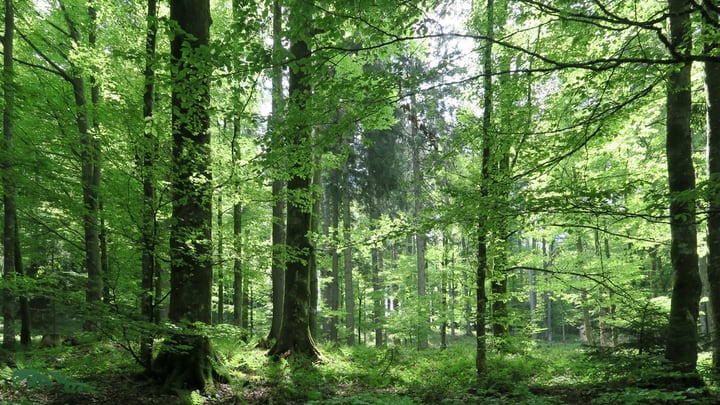
First, determine the leaf type. See whether it’s a broadleaf (deciduous) or has needles or scale-like (evergreen).
Next, look at the shape of the leaf. It may be heart-shaped, oblong, linear, or elliptical. You can also see if the leaves are singular or arranged in bunches of 2, 3, or more.
Tip: Notice the edges of leaves and see if they are plain or serrated.
Step 2 – How to Identify Trees by Bark
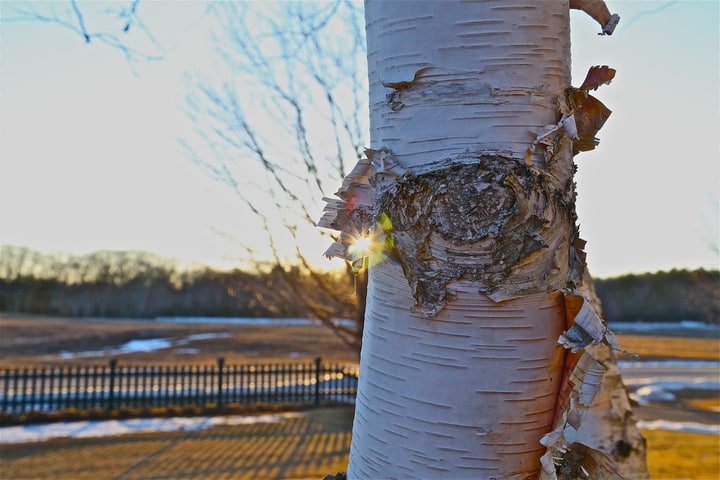
Take a close look at the texture, markings, and color of the bark. Young trees generally have a smooth bark. Certain varieties of beech and maple also have an unbroken, smooth bark.
Trees like eucalyptus and birch have peeling barks. Also, look for furrows and scales which are common in oaks and pines.
Step 3 – How to Identify Trees by Flower
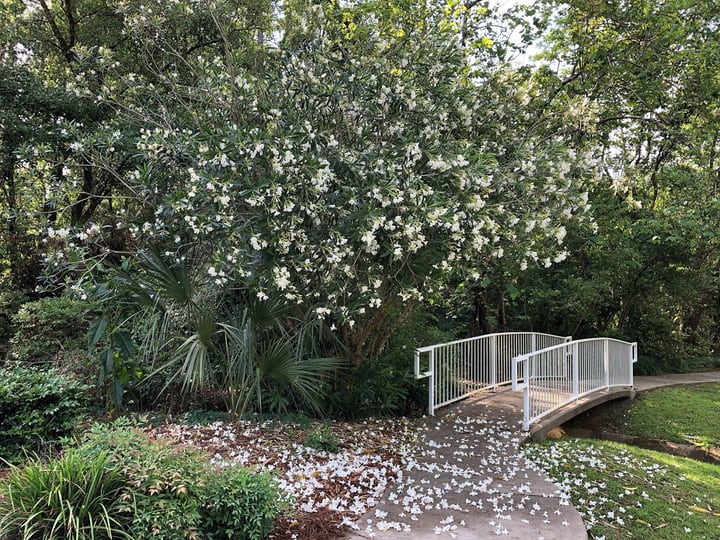
While identifying trees by their flowers, pay attention to details. Look at the size, shape, color, arrangement, and the form of the flowers.
Tip: Often, different varieties of trees from the same family look alike. In such cases, see what season the flowers bloom.
Step 4 – How to Identify Trees by Fruit
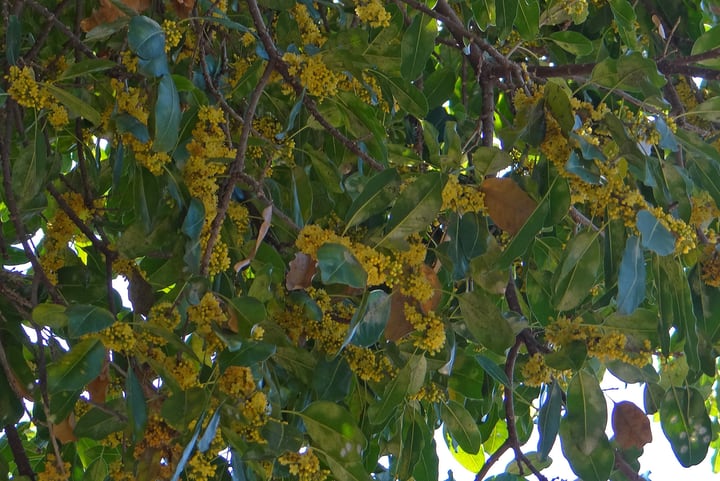
Fruits can also help identify a tree. Note the color of the fruit and feel its texture. See whether it’s smooth, hairy, soft, prickly, or dry.
Also note that deciduous trees have nuts, berries, stone fruits, etc. Evergreen trees, on the other hand, generally make cones.
Step 5 – How to Identify Trees by Shape
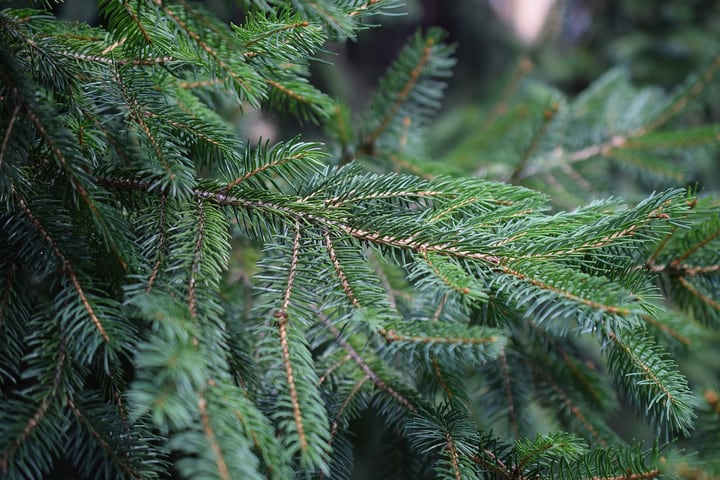
The overall shape of a tree can help place it in either of the two categories—evergreen or deciduous.
After that, you can check if the silhouette of the tree makes a narrow, airy, or spreading crown. You can also see if the tree has many stems or a tall, single trunk to narrow it down.
Types of Trees Frequently Asked Questions
Trees are as beautiful as they are diverse. And that means, among other things, lots of questions about different types of trees that we hear gardeners ask.
So, let’s go through the most commonly asked questions about types of trees to help you understand better these wonderful giants.
How many types of trees are there?

The Earth is home to more than 60,000 species of trees. More than half of those are only found in Brazil. And many are also threatened with extinction.
Read more about all the different types of trees in our definitive guide.
What are the tallest types of trees?
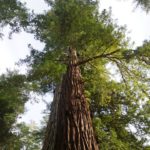
The tallest types of trees are the Coast redwoods (Sequoia Sempervirens), with the tallest being over 380 feet. Read more about redwood types of trees.
Apart from redwoods, yellow meranti, mountain ash, Douglas-fir, and giant sequoia are some of the tallest trees, reaching 300 to 330 feet.
What are the oldest types of trees?
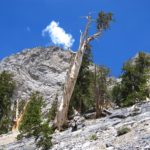
Varieties of cypress, yews, pines, spruce, and oaks are long-lived. These deciduous types of trees make up for some of the oldest trees in the world.
For example, Methuselah, a Great Basin Bristlecone Pine (Pinus Longaeva), is over 4,800 years old.
What types of trees are Christmas trees?
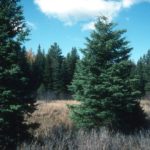
Christmas trees are evergreen coniferous trees. Spruce, pine, fir, cypress, and cedar trees are some common types of trees for Christmas. They are sturdy, attractive, and have a Christmassy fragrance.
Trees Are Poems
Kahlil Gibran was not wrong when he compared trees to poems “that the earth writes upon the sky.”
Trees elicit feelings of calm and relaxation like few other things can. No one ever looked at a tree and thought, “That reminds me of the one time I had kidney stones”.
They are beautiful, and beauty is the least of their qualities. They control air pollution, provide shelter and food, beckon birds and butterflies, and control floods and landslides, among other things.
In simple words, trees make the planet liveable.
So perhaps it’s time for you to write your own poems on the sky?
Let us know if you have planted, or are planning to plant some trees soon!
And if you have more tree-related questions, ask us in the comments section below. We’ll be happy to help!

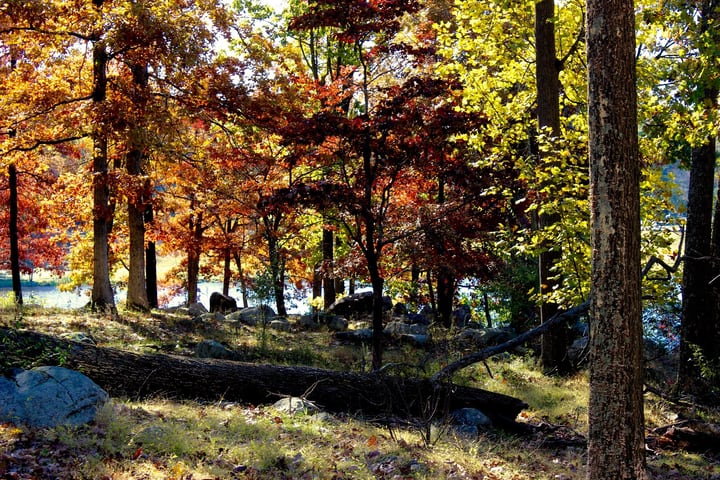
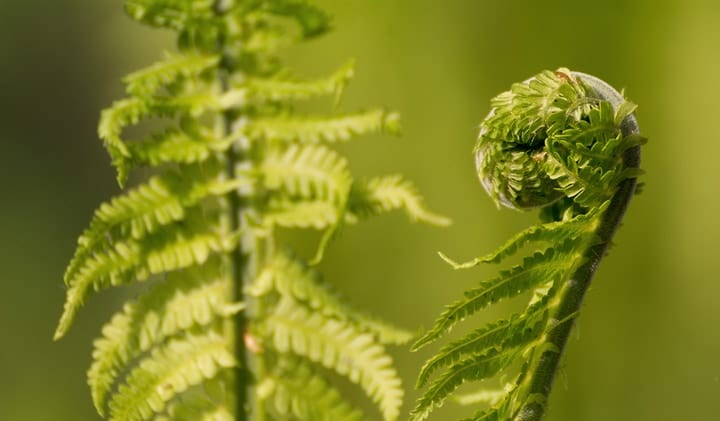
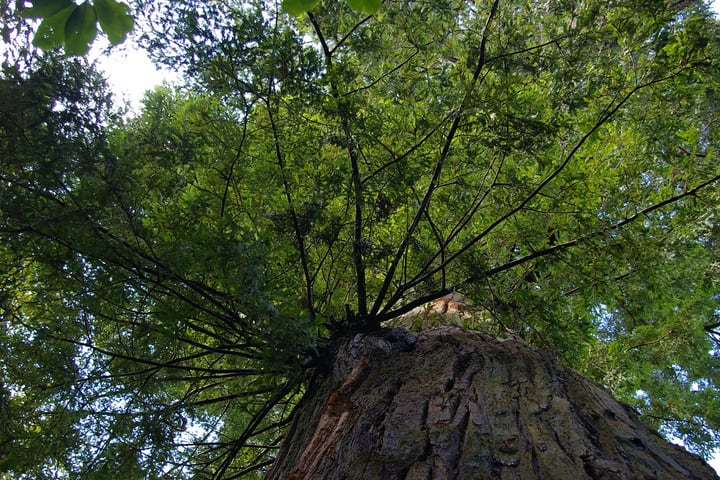
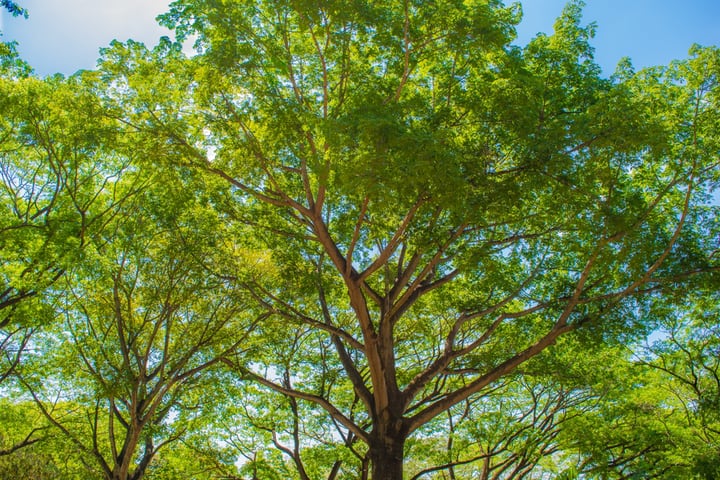
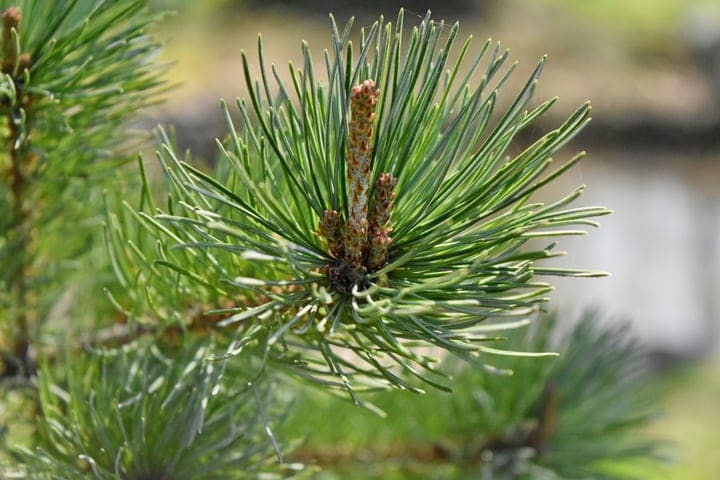
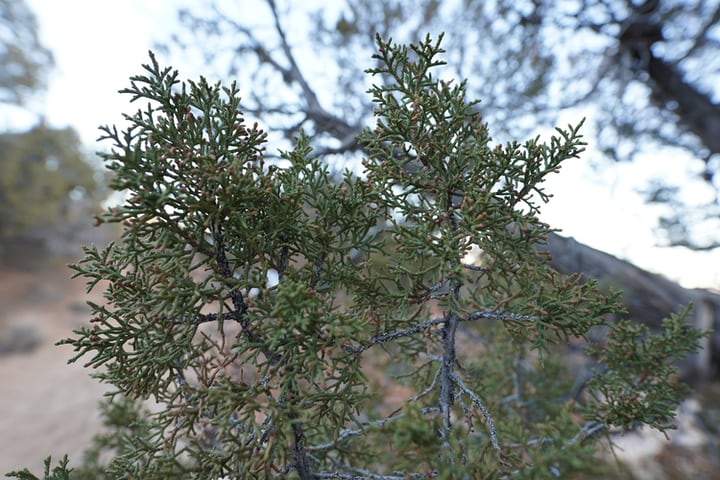
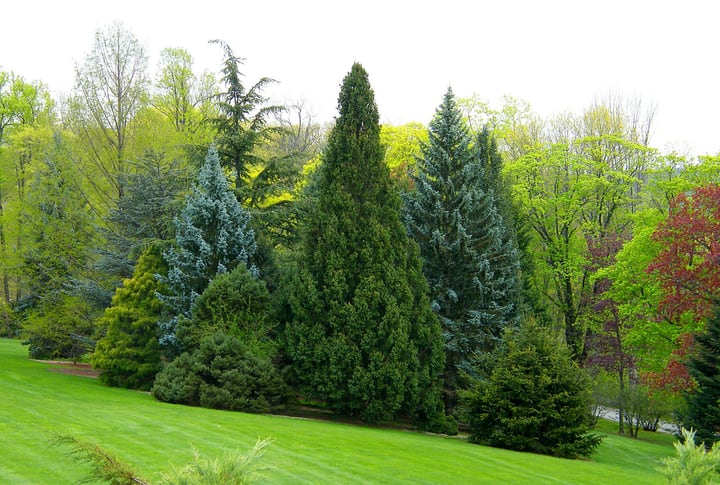
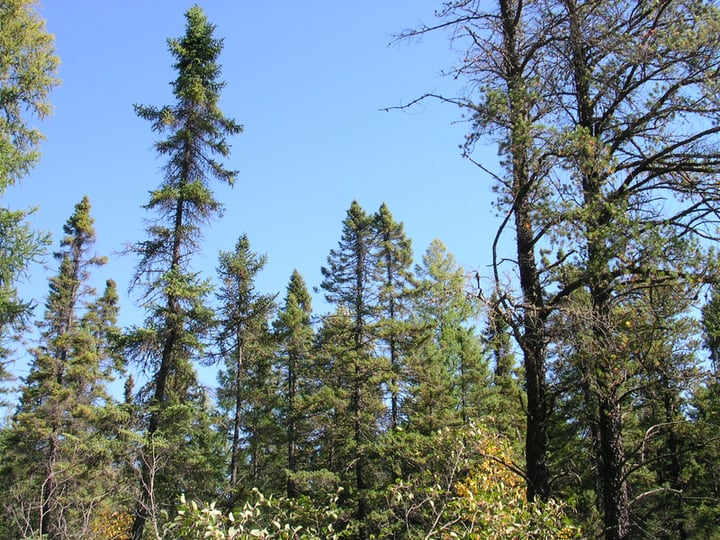
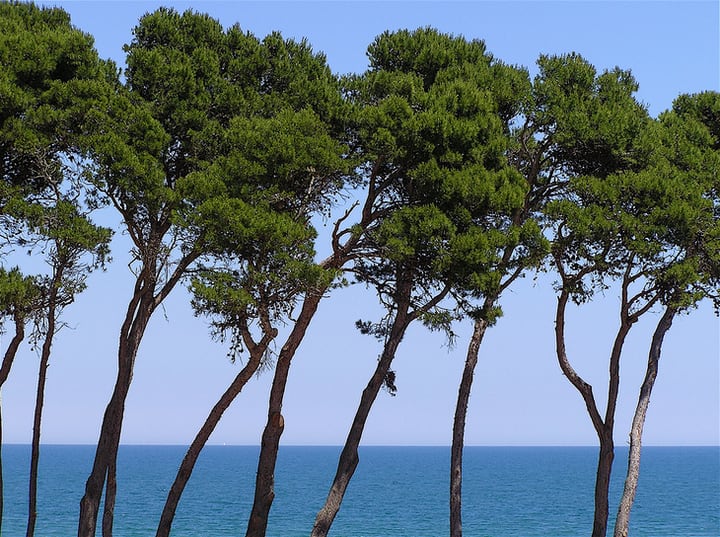
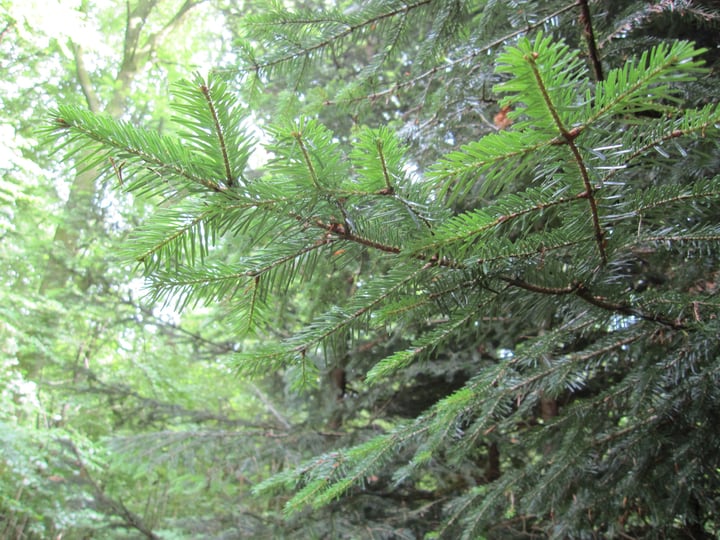
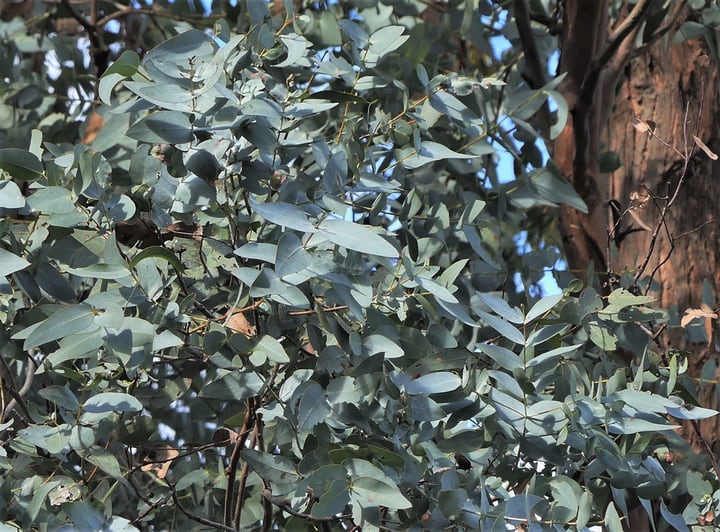
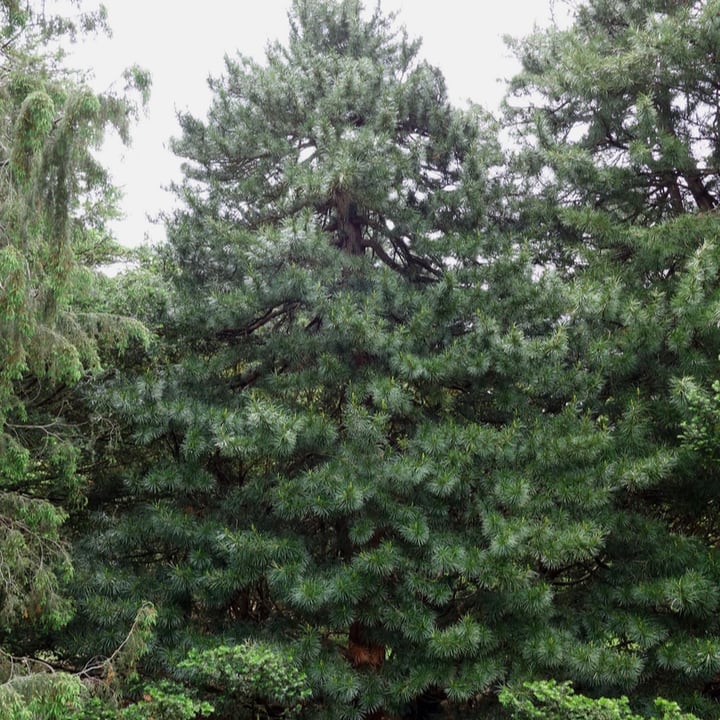
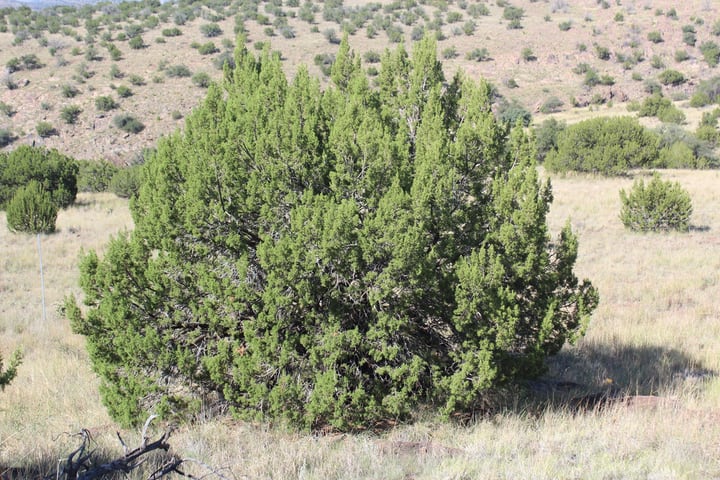
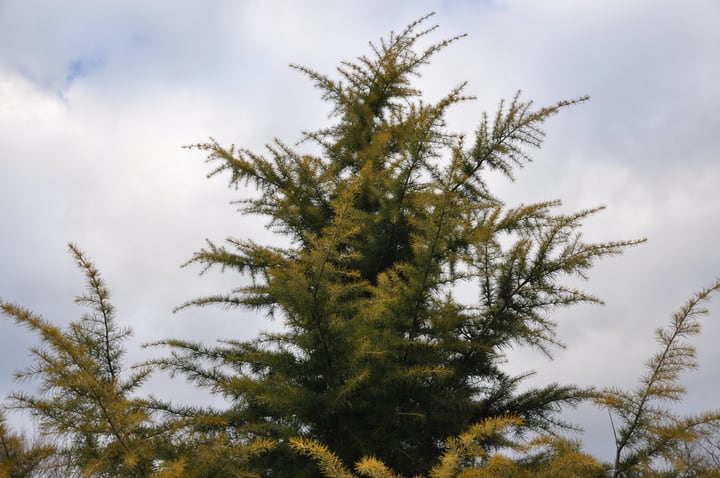
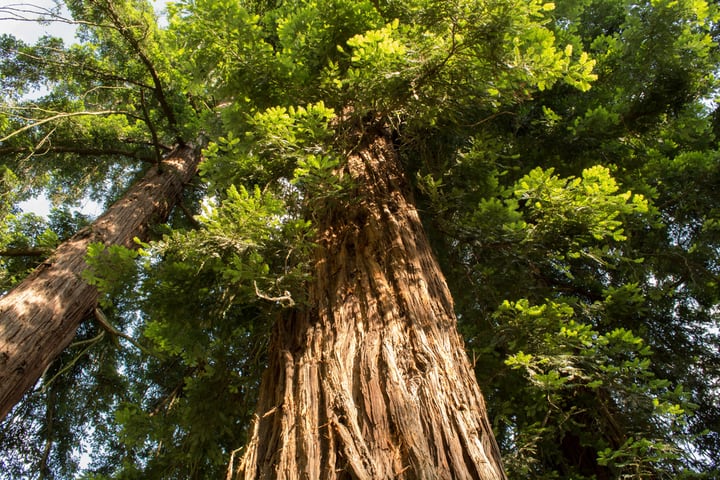
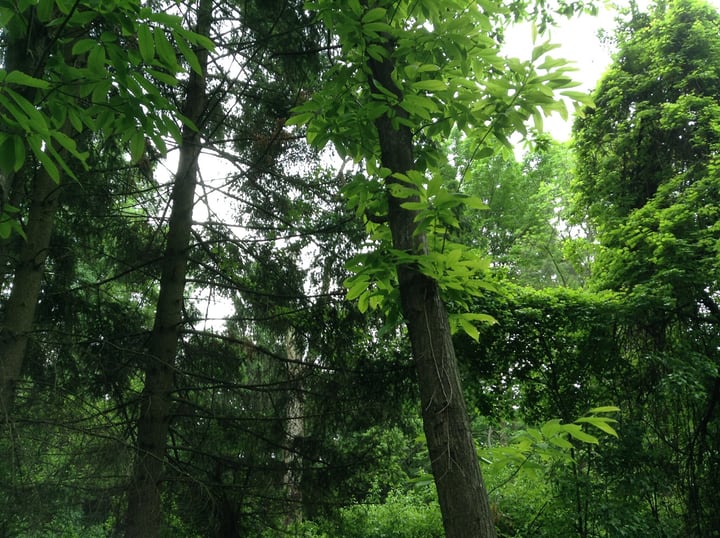
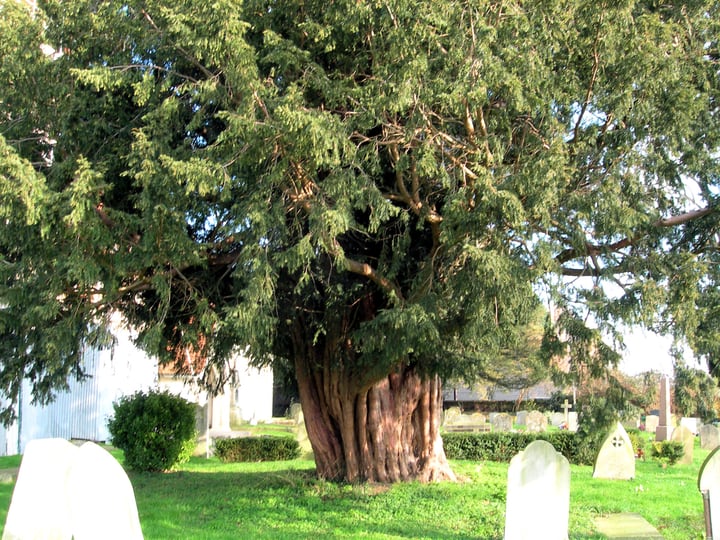
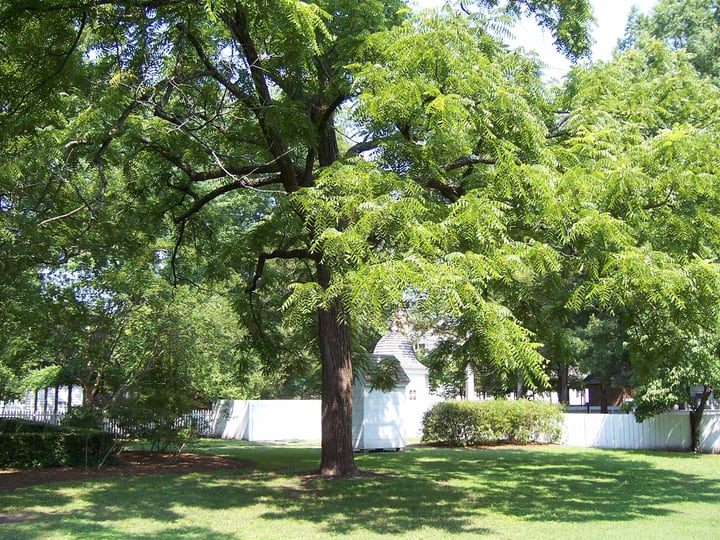
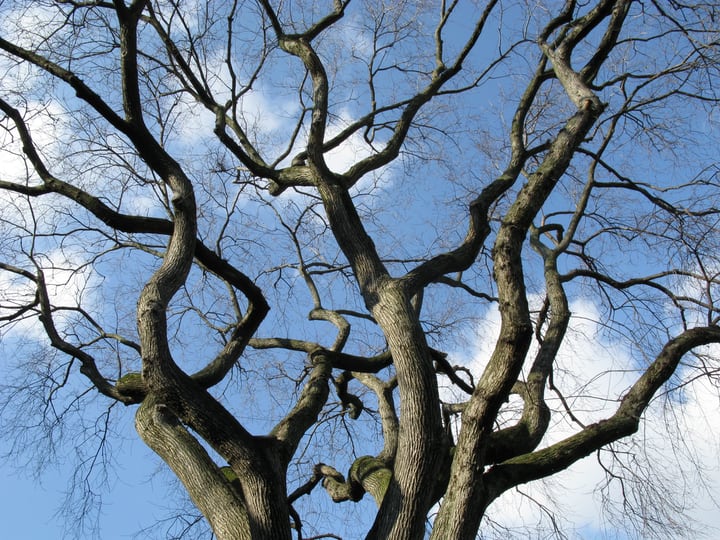
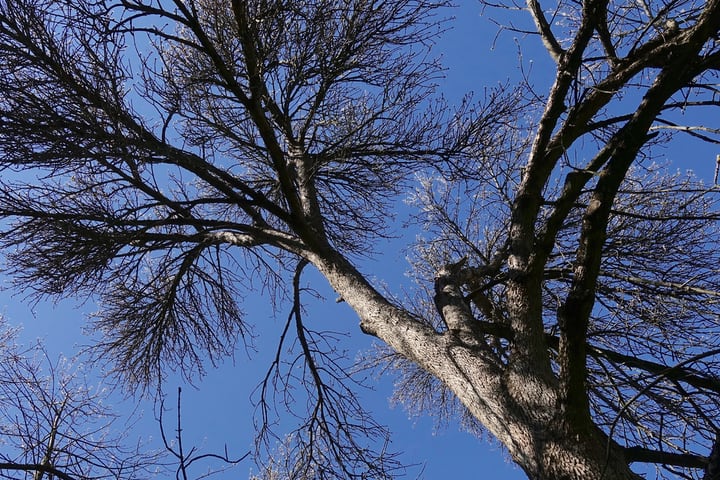
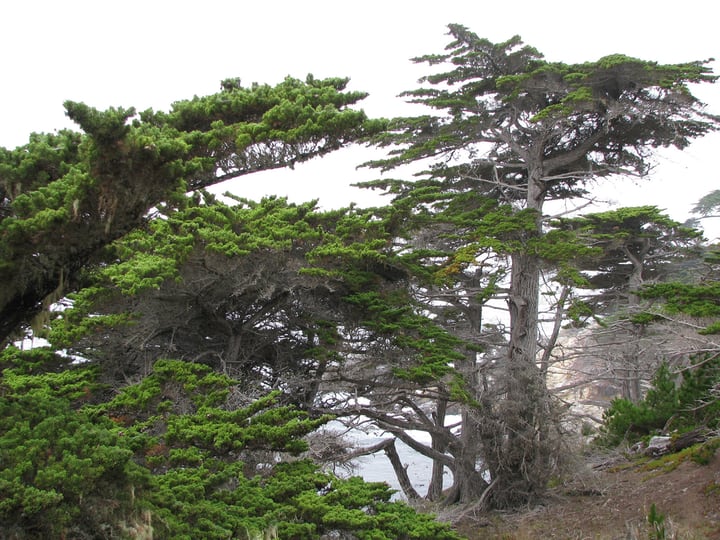
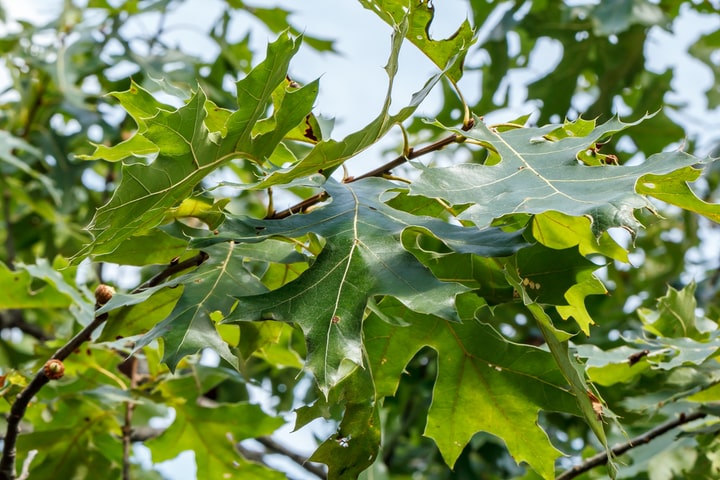
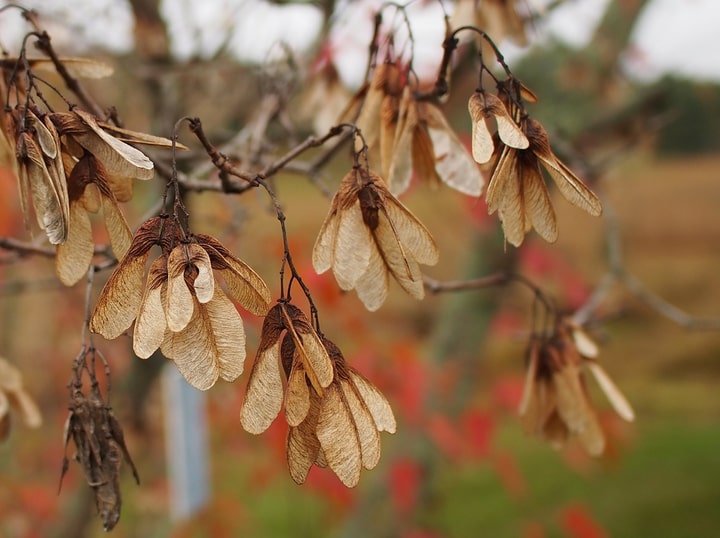
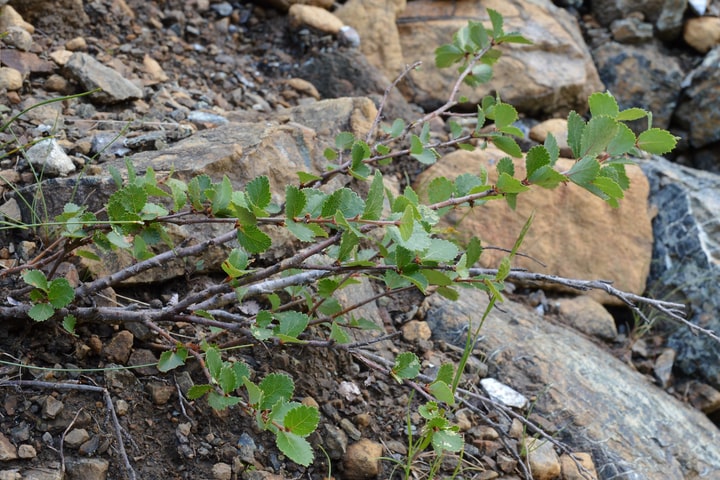
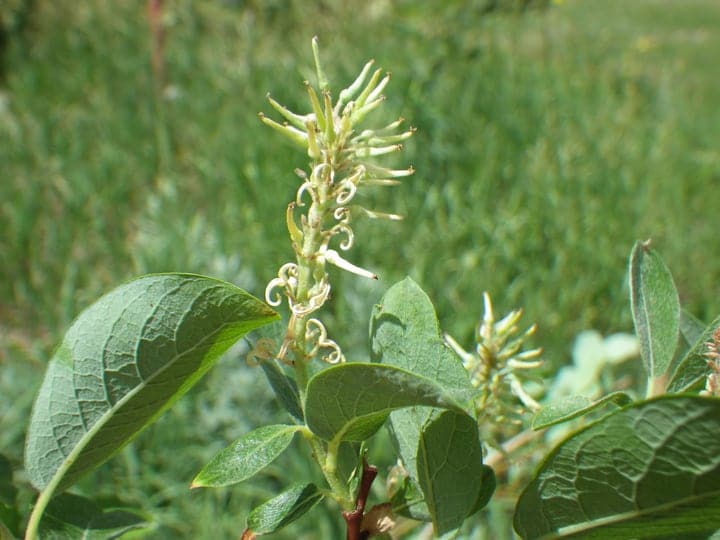
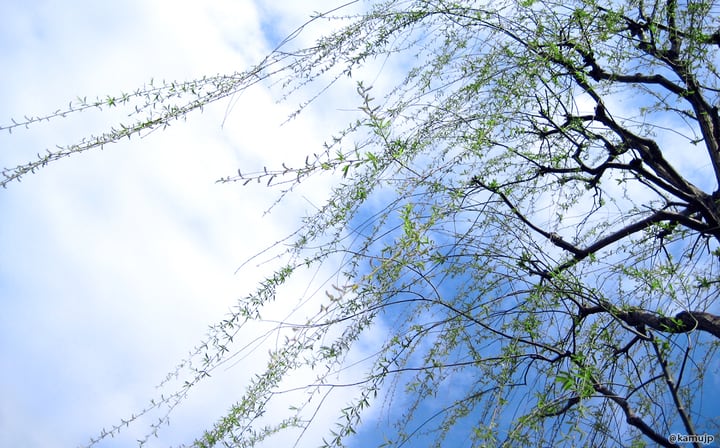
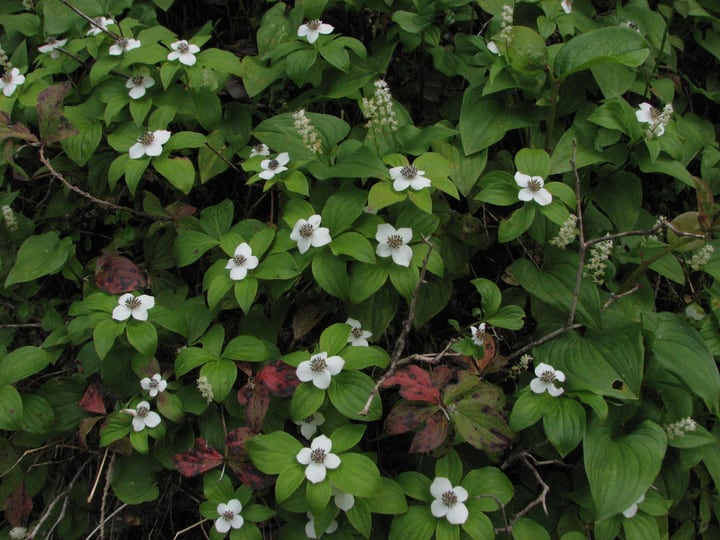
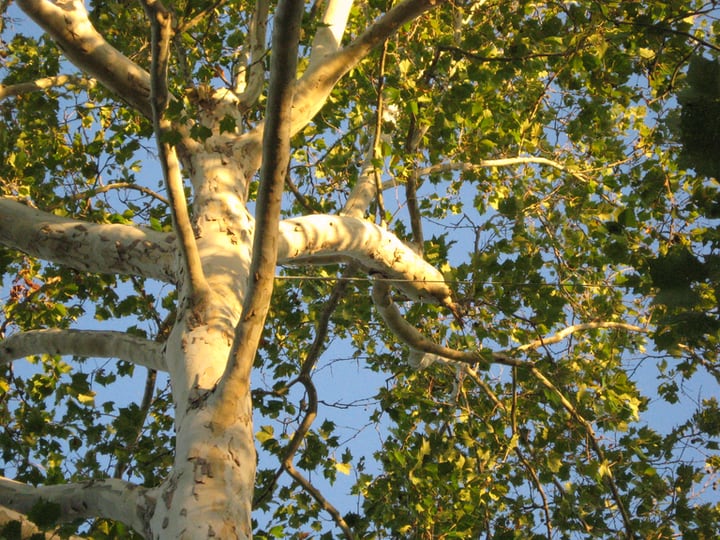
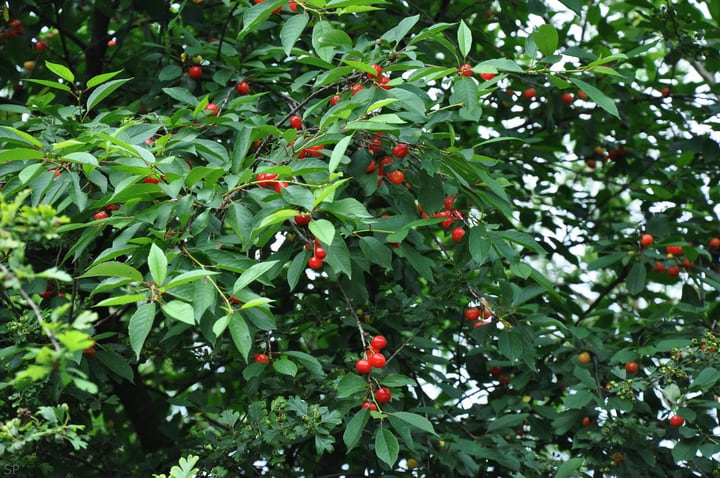
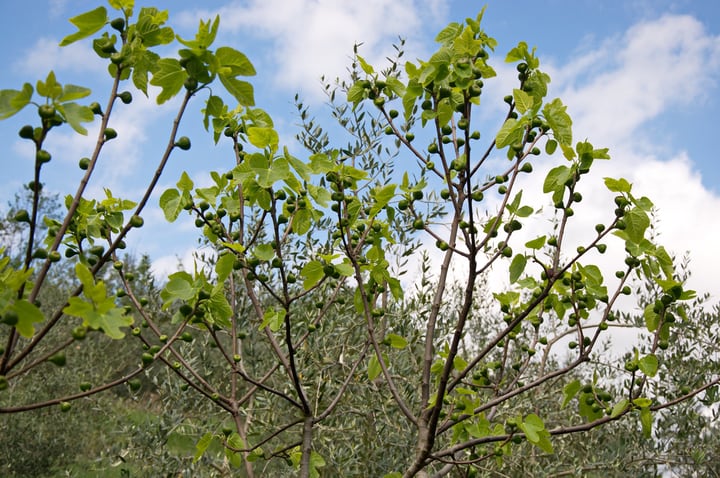
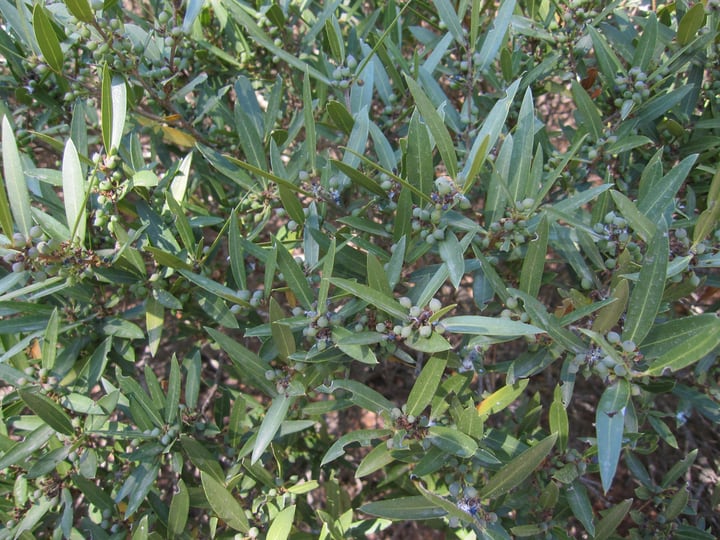
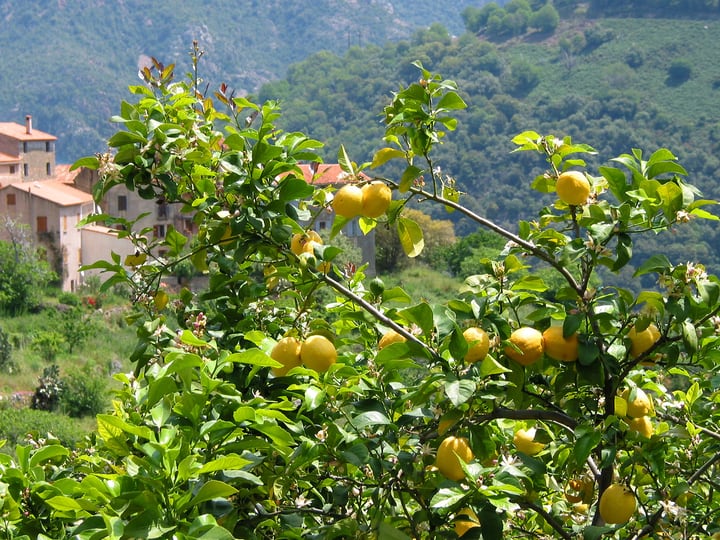
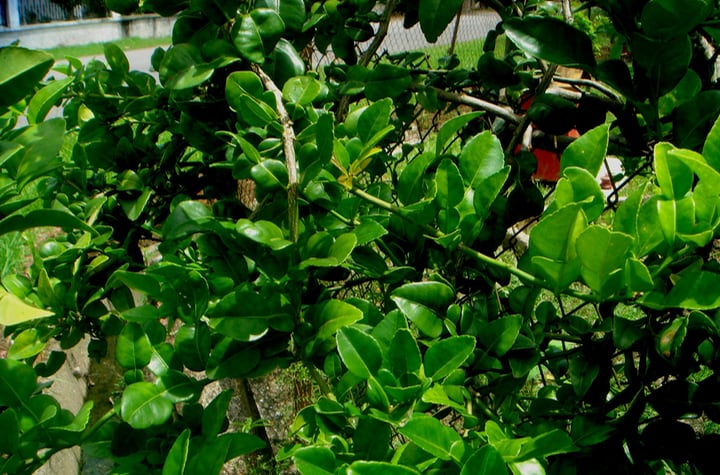
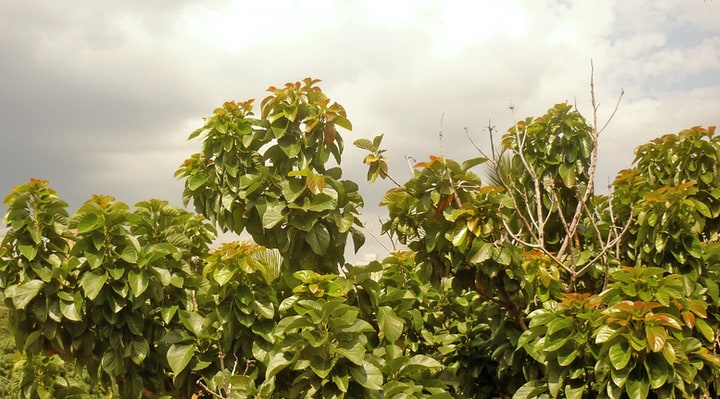
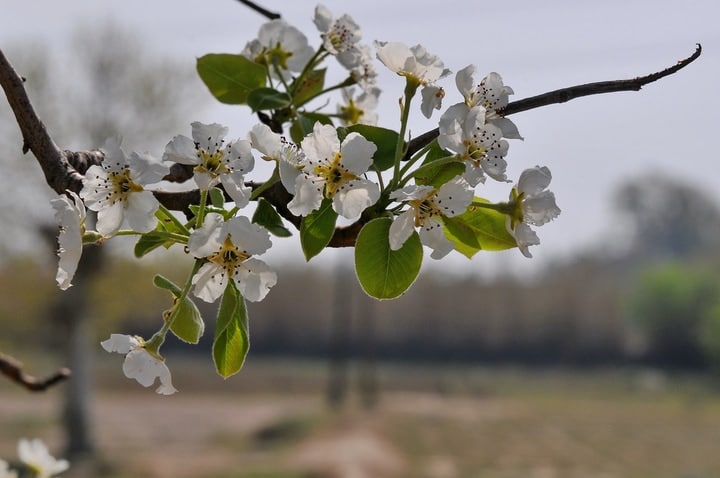
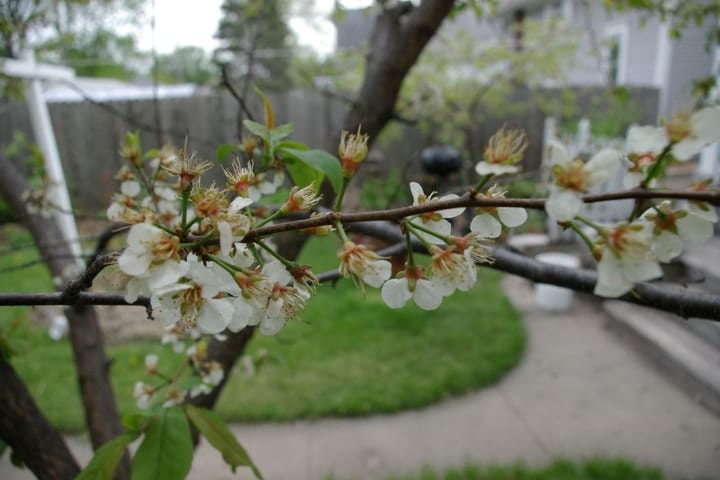
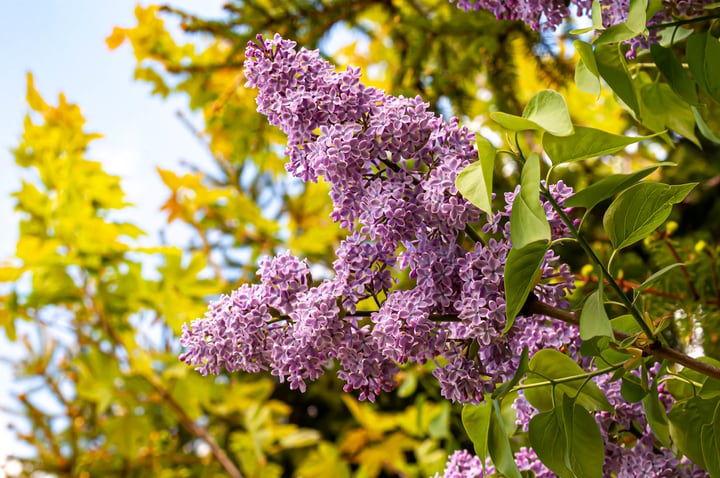
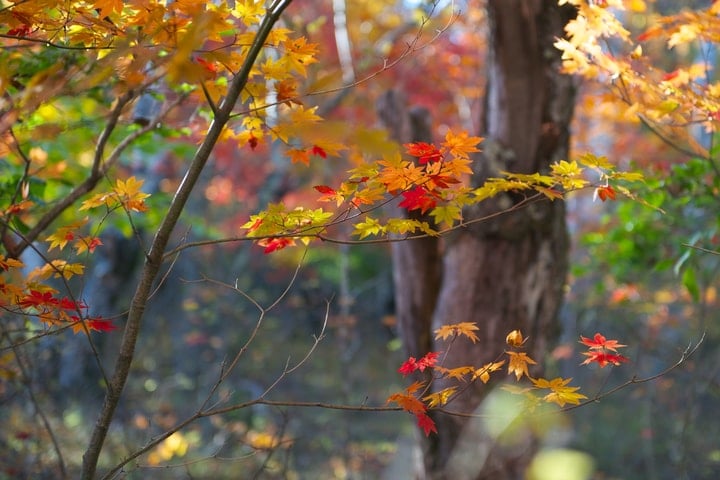
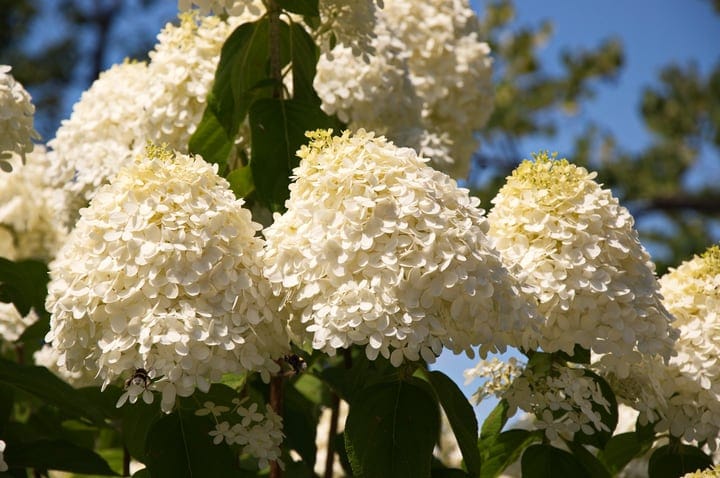
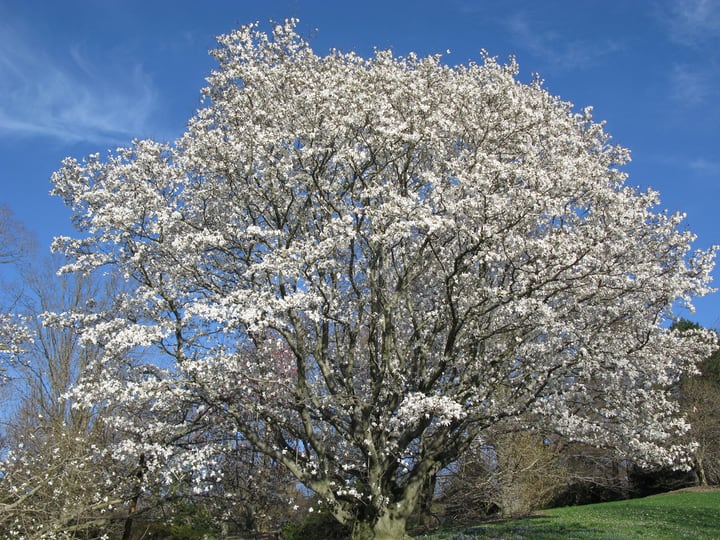
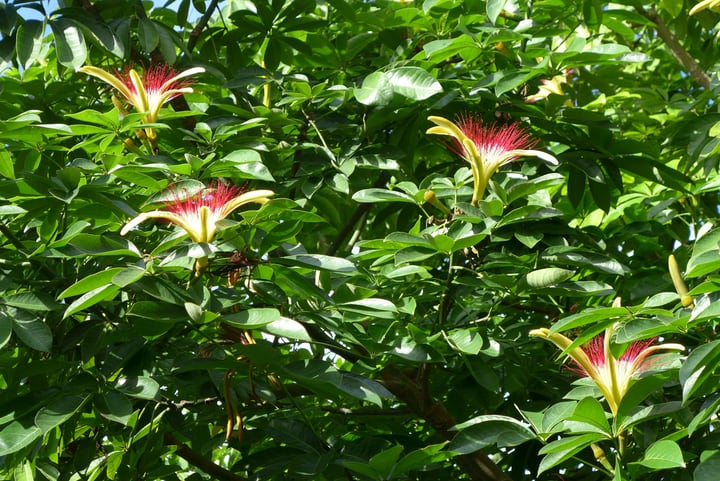
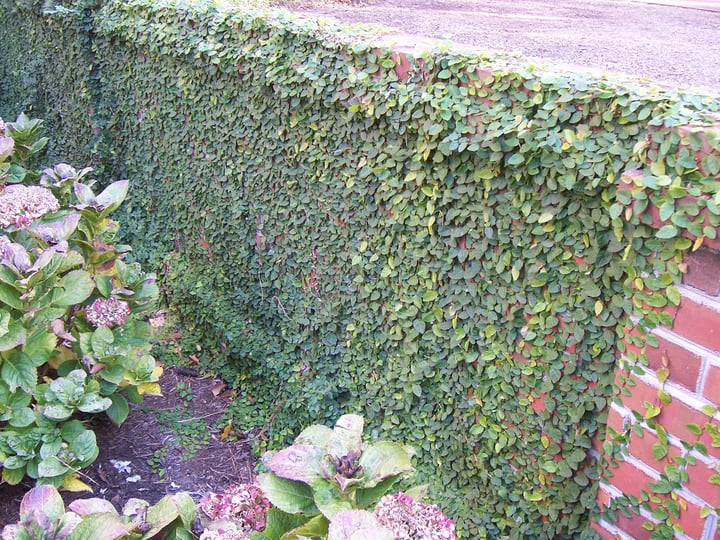
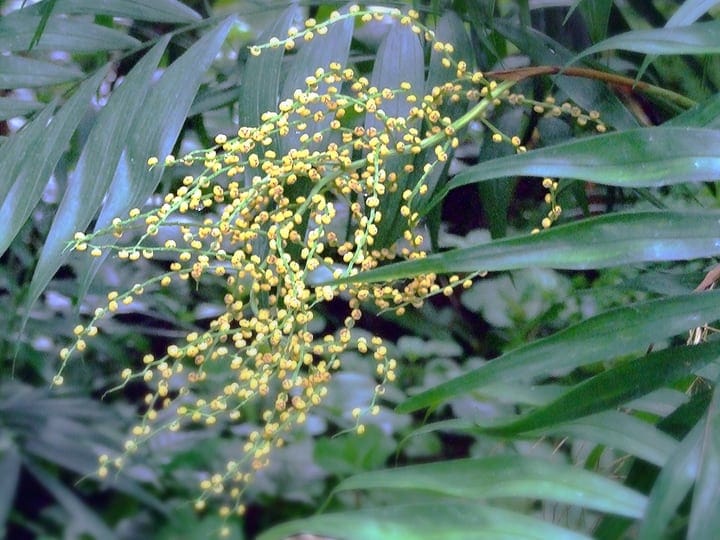
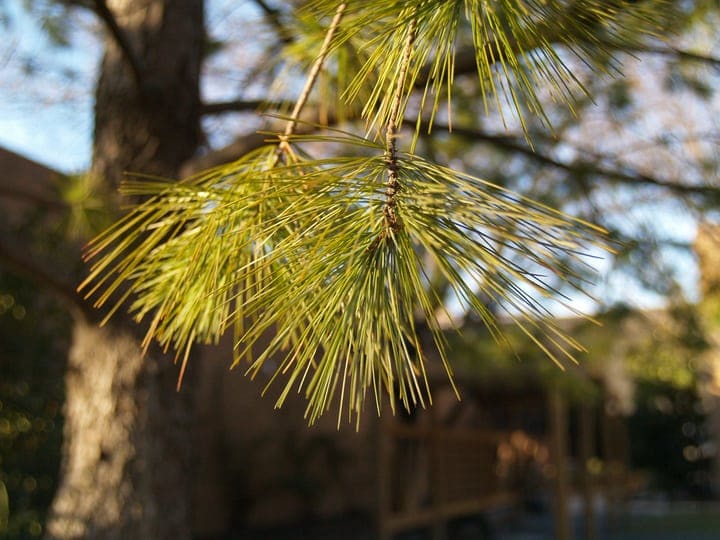
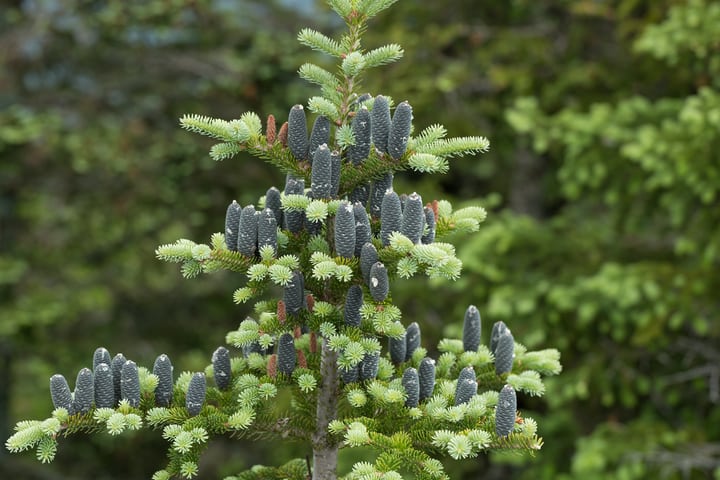
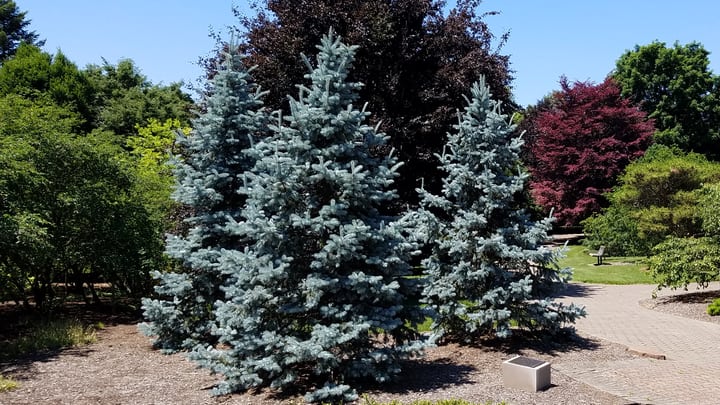
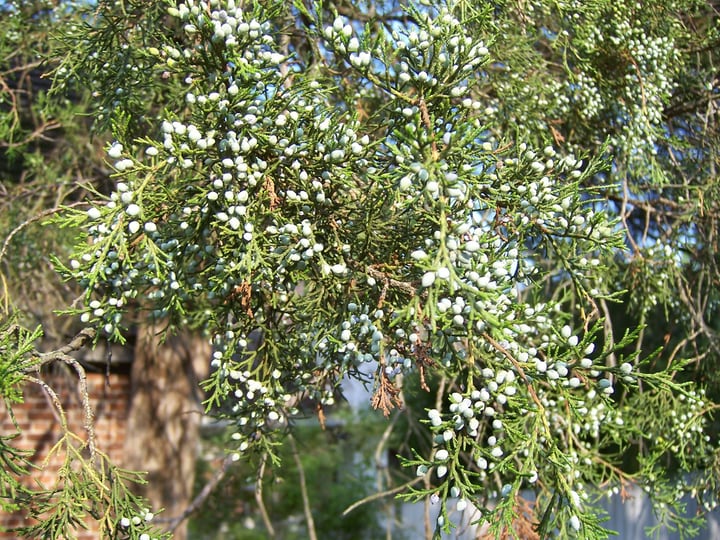
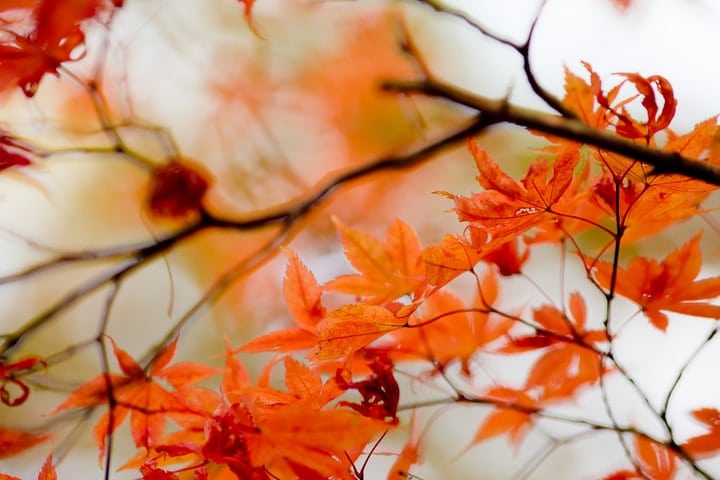
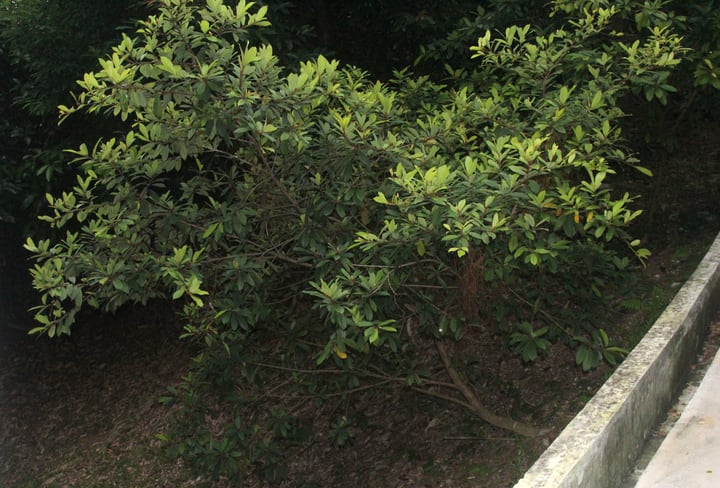
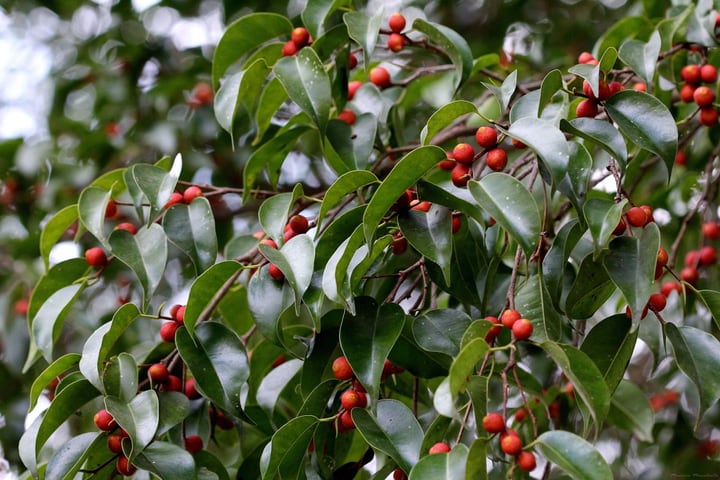
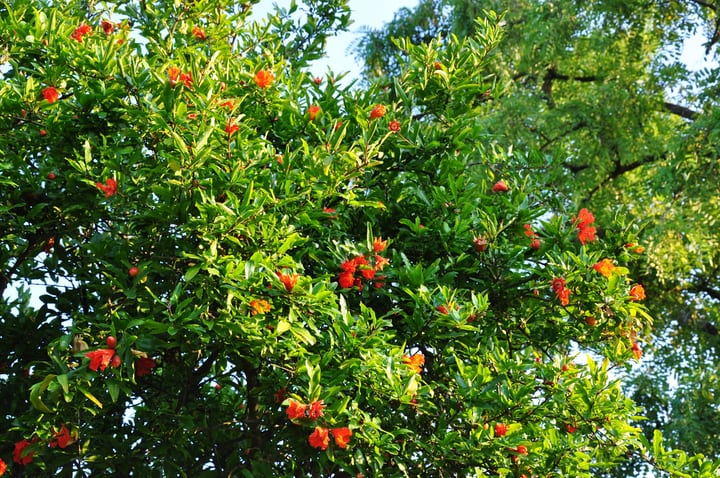
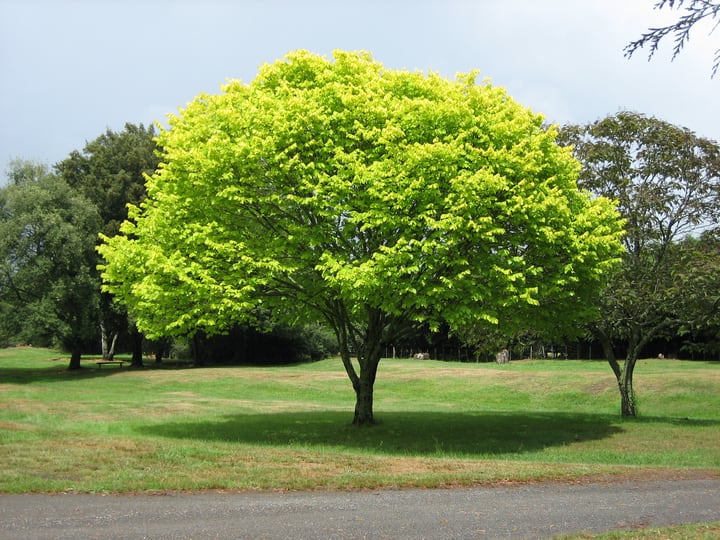
Leave a Reply